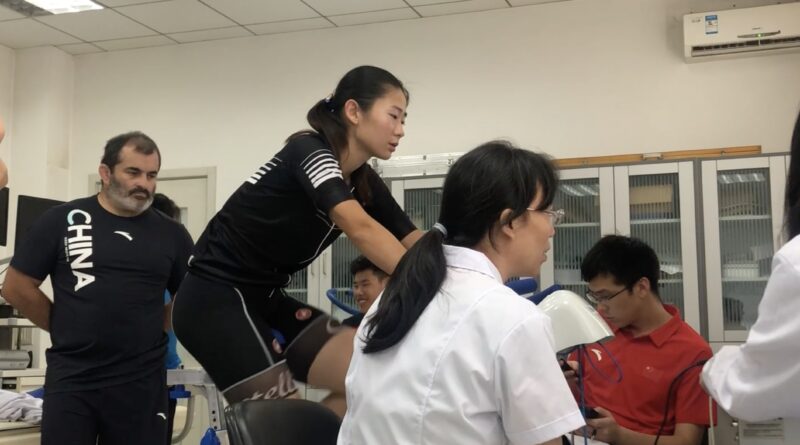Lower body Wingate anaerobic test in combat sports athletes
Tortu E, Ouergui I, Ulupinar S, Özbay S, Gençoğlu C, Ardigò LP. The contribution of energy systems during 30-second lower body Wingate anaerobic test in combat sports athletes: Intermittent versus single forms and gender comparison. PLoS One. 2024 May 24;19(5).

ABSTRACT
Combat sports, encompassing a range of activities from striking and grappling to mixed and weapon-based disciplines, have witnessed a surge in popularity worldwide. These sports are demanding, requiring athletes to harness energy from different metabolic pathways to perform short, high-intensity activities interspersed with periods of lower intensity. While it is established that the anaerobic alactic (ATP-PC) and anaerobic lactic systems are pivotal for high-intensity training sessions typical in combat sports, the precise contribution of these systems, particularly in varied training modalities such as single (SMT) and intermittent (IST) forms of the 30-second Wingate test, remains inadequately explored. This study aims at comparing performance outputs, physiological responses and gender differences during the SMT and IST forms of the 30-second Wingate test. Thirty-three highly trained combat sports athletes (17 women, 16 men; 10 boxing, 8 wrestling, 8 taekwondo and 7 karate) randomly performed SMT and IST. The IST consisted of three 10-second all-out attempts separated by 30 seconds of passive recovery, whereas the SMT was a single 30-second maximal effort. Resting, exercise and post-exercise oxygen uptake and peak blood lactate value were used to determine the metabolic energy demands via the PCr-LA-O2 method. The findings showed that total metabolic energy expenditure (TEE), ATP-PCr system contribution and the output of mechanical variables were higher in the IST than in the SMT form (all p<0.001). In contrast, the contribution of glycolytic and oxidative systems was higher in the SMT form (all p<0.001). However, exercise form and gender interaction were not significant (p>0.05). In combat sports, performance is not only determined by physiological and technical skills but also by metabolic energy input and efficiency. Therefore, our results can provide a comparison regarding the effects of exercise type and gender on metabolic energy metabolism to design the training of combat sports athletes.
Download the full article HERE.

